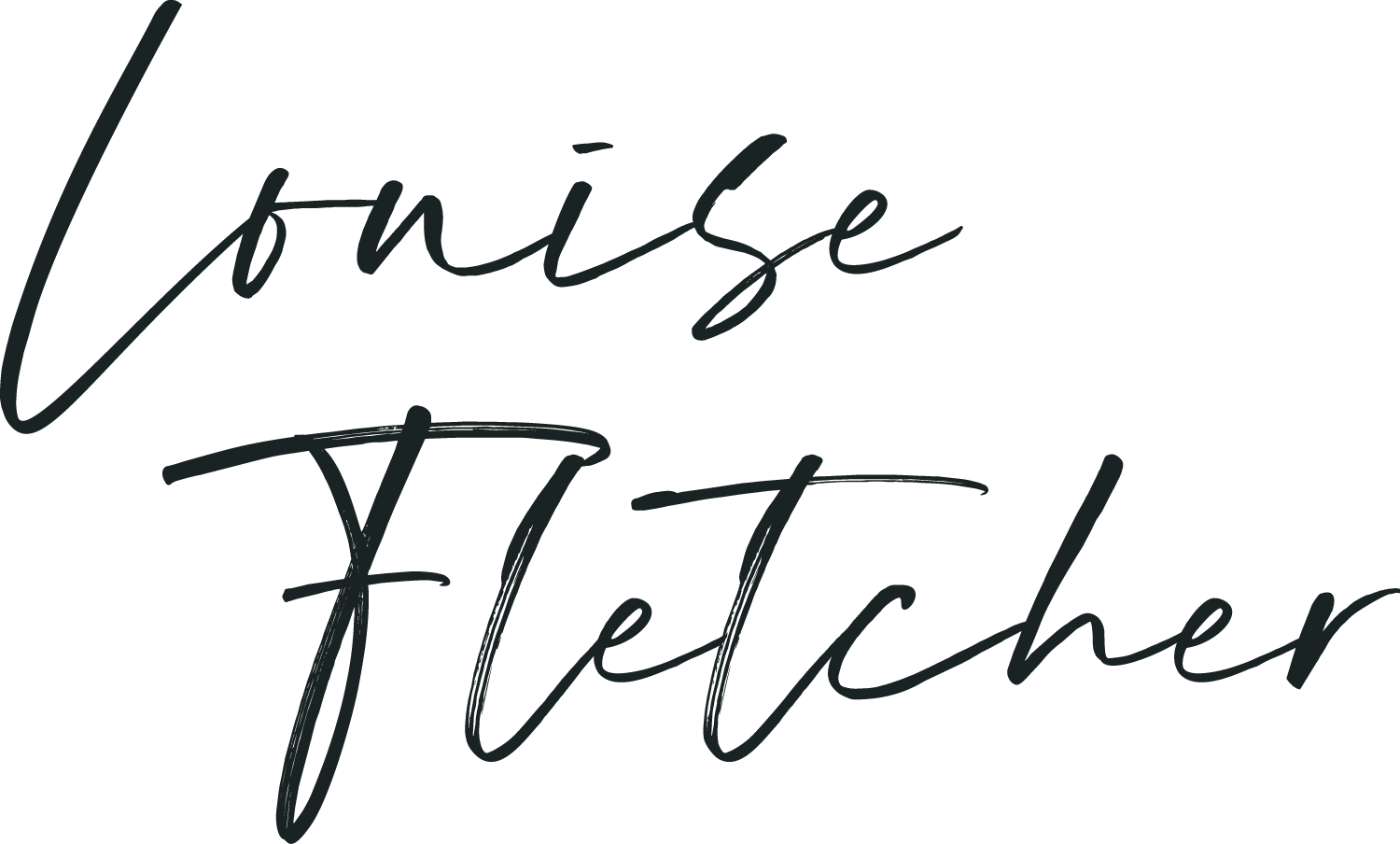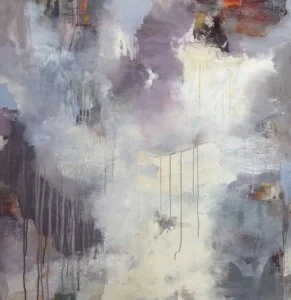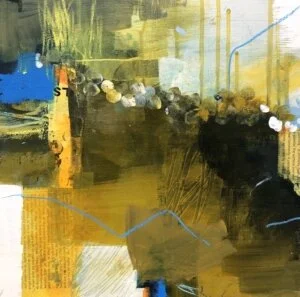Abstract Landscapes - Why I Paint Them (and How I Do It)
I paint abstract landscapes. (You can see some of them here). But what does that mean? Why not paint the landscape the way it actually looks?
It certainly often seems that it would be easier to do that … most people understand realistic landscape paintings. Not so much for abstract paintings!
“Just daubs then,” said one local man upon hearing that I paint abstractly.
That’s a common perception and it’s tied in with the idea that non-representational painting is easy. After all, how hard can it be to just paint shapes and colours with no requirement to “get it right?”
But any artist who falls into this trap soon learns that there is so much more to it than he or she imagined. Firstly, making successful abstract paintings requires an understanding of composition and colour mixing and tonal contrast. You must know how to create harmony while also creating interest. But most of all, you must have a reason for painting this way … something you want to express … something that can’t be expressed any other way.
Because here’s the thing: if I paint realistically, I have something to copy. I must simply learn the techniques needed to render that face, that bowl of fruit, or that range of hills. This is NOT easy – it takes great skill and a lot of practice and I have enormous respect for good representational painters – but it does give me a starting point.
When I paint abstractly – at least the way I do it – I have no starting point; I have nothing to copy; I have no idea what I am about to create. The painting must emerge from nothing. This is a daunting prospect!
My abstract landscapes
So if it’s so daunting, why do I do it?
Have you ever been on holiday and seen something amazing? You whip out your phone and snap a photo but, when you review it later, you are disappointed The photo doesn’t come close to capturing what you saw.
I think that’s partly because the photo only captures the contours of the way things look – it doesn’t capture the way they smell, feel, taste, and the way they made you feel when you were experiencing them. We do not just experience the world with our eyes. We experience it with all our senses and, layered on top of that, we experience it through our past and through our expectations of the future. We experience it through our mood at that particular time.
So, in the past when I tried to paint the rural Yorkshire landscape that so moves me, I was always disappointed. Yes, that looks like the hill I saw. Yes that is a good rendition of the trees. Yes that looks like a stone wall. But it doesn’t say what I want it to say.
For that I had to dig deeper. I had to think about what moves me in this landscape. I had to understand that the appeal isn’t how it looks, but what it means to me and how it therefore makes me feel.
Once I know what I want to say, I can choose the colour palettes (these change regularly but often rotate around two or three staple colours) and develop the compositions and make the marks that best convey those feelings. I also vary media – often working in acrylic inks and collage as well as making acrylic and mixed media paintings.
My landscapes evolve naturally
I don’t come up with an idea for an abstract landscape and then execute it. I’ve never painted that way. Instead I start with a sense of a place or with a specific feeling and then I simply start to paint.
I find that if I get “thinky” the painting dies. Instead I must allow my intuition to guide me as I build up layers of paint. And I MUST be comfortable with the ugly stages, when the painting has no idea what it wants to be. This is the time when many people give up on a painting, but I have learn ed that pushing through always leads to something more interesting
I often sand my paintings, or scrape back into layers to reveal what lies beneath and I love the effects this creates. But I also have to be willing to paint back over those beautiful effects if they don’t serve the painting as a whole. So for example, the lovely texture might be interfering with the composition or the colours may not gel with the rest of the piece. When that happens, I have to bite the bullet and lose the texture.
When to Stop?
Because my abstract landscapes evolve in this way, I am often asked how I know when to stop.
The answer is that I stop when I can think of nothing I else I could do to improve the painting – I stop when nothing is niggling me about it. I stop when the painting speaks to me of the local landscape and does so in the best way I know how.
In some cases this happen relatively quickly – in other cases, it can take months (and in one case, 3 years!).
I think it’s vital not to rush the painting – whenever I try consciously to finish something, it almost always goes off the rails. The trying gets in the way.
I find it far better to let the paintings arrive in their own time.
So what now?
I am endlessly fascinated by this Yorkshire landscape and by the different ways I can use paint and mixed media to communicate my feelings about it. For me this means painting abstractly. I am currently engrossed in a project I am provisionally calling ‘Seeking Elmet’ which is my response to the nature poetry of Ted Hughes.
These poems have inspired me for many years and interpreting them has been a wonderfully challenging project. My goal is to complete the series by the end of the year and then to make the work available in several different ways. If you are interested in staying in touch as I work through this project, sign up to follow my journey. You’ll get exclusive access inside my studio and early notifications about new work. NOTE: this is not the same as my weekly news bulletin for artists – these emails will be solely focused on my work.





